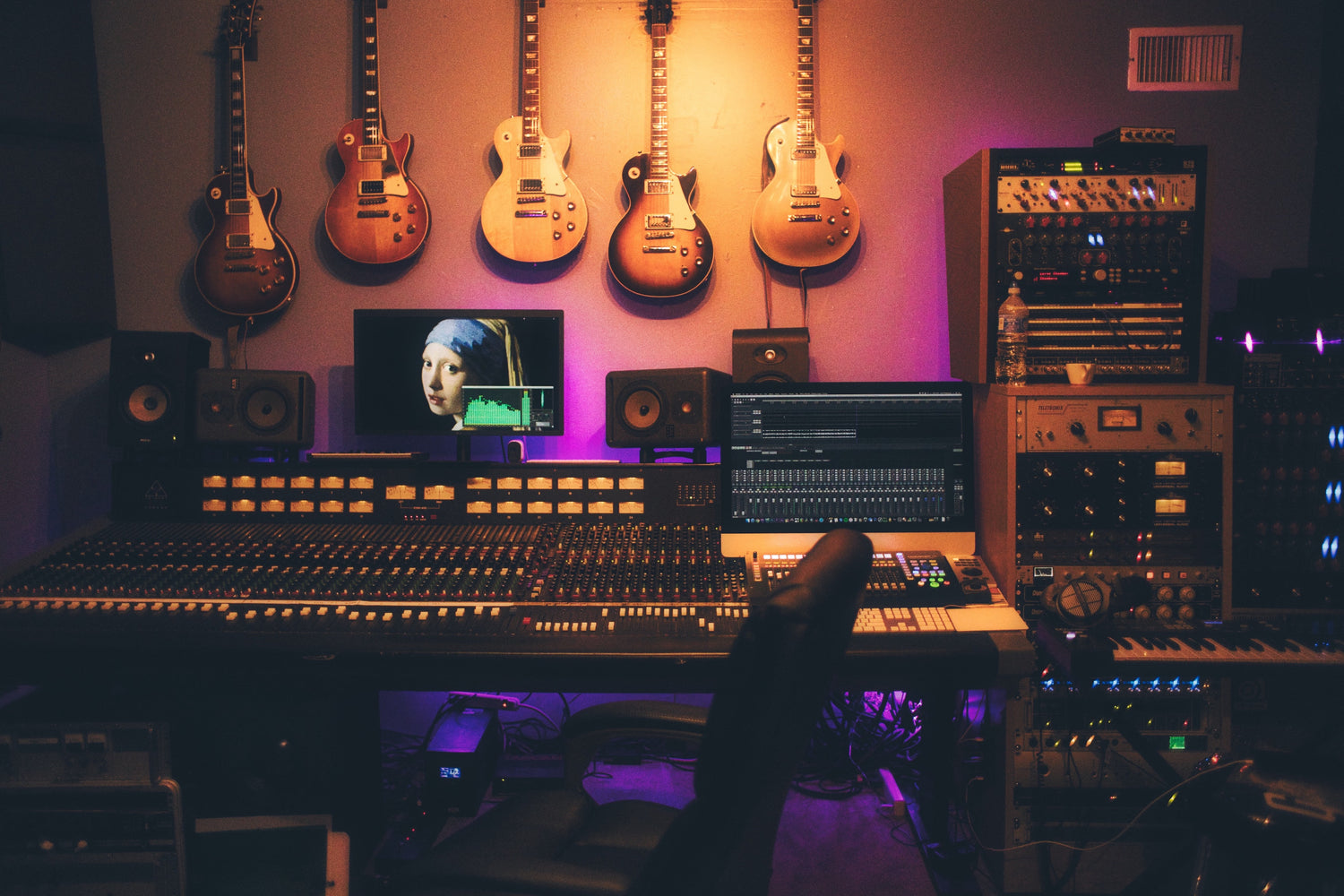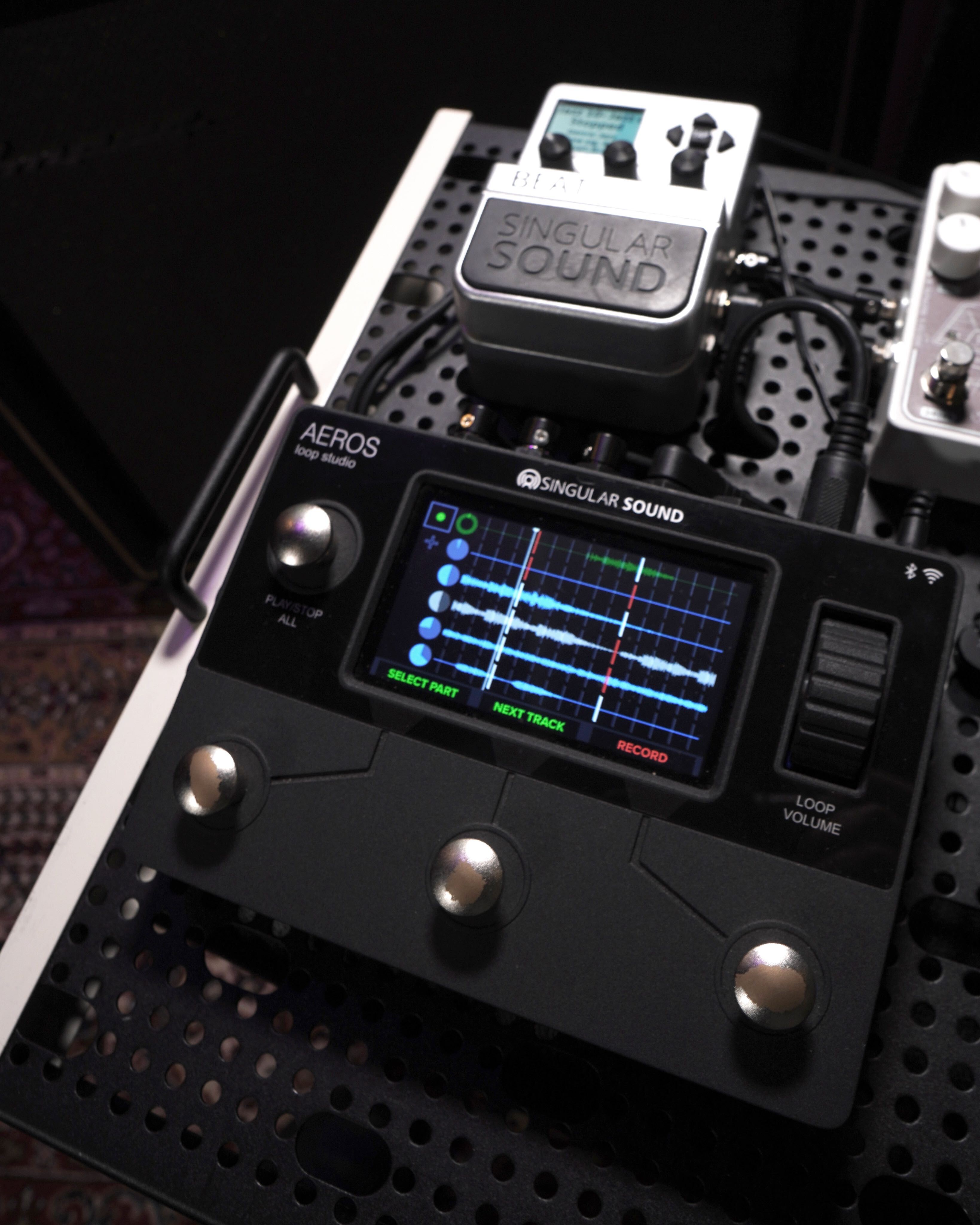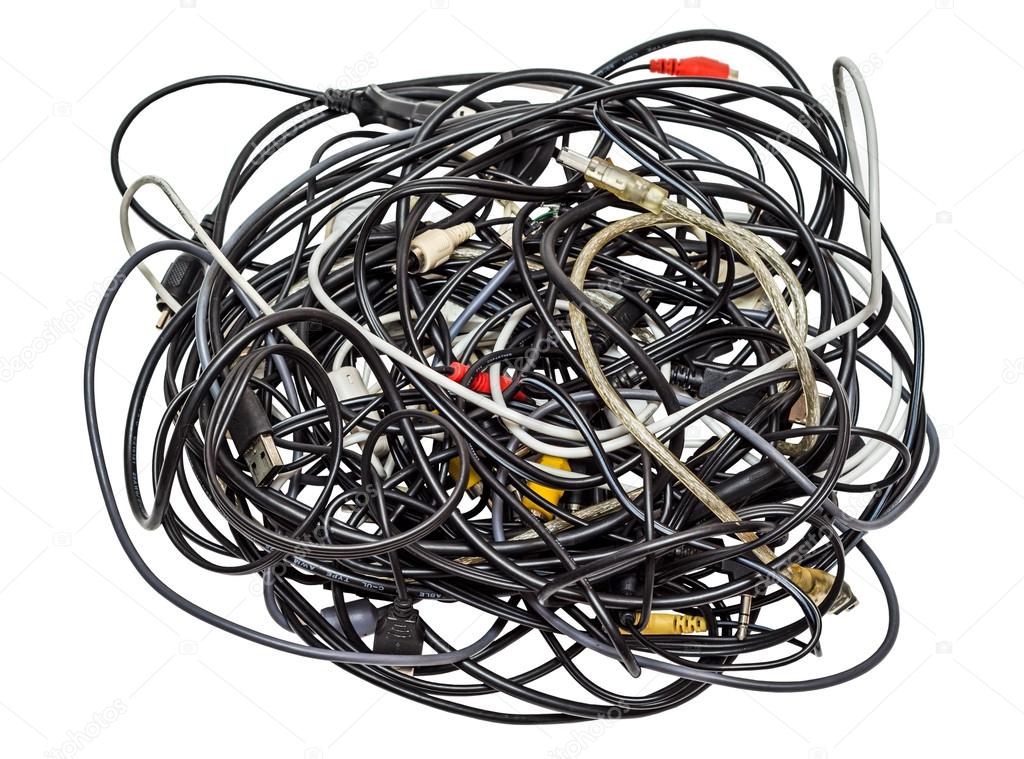Photo by Caught In Joy on Unsplash
Being a session musician is a simple goal. It is, however, tremendously difficult to achieve.
Everyone's path to becoming a studio musician is unique. There's no one way to be successful, but by gathering advice from the pros, you can give yourself the tools to make it in the industry.
So we asked the best. Read on to find out how to become a session musician. From the gear, to the production, to the practice routine, we've got you covered.
How Do Session Musicians Get Started?
New undertakings are intimidating when you're starting out. Should you start by buying up all the gear you can? Learning professional engineering software? Networking?
Become a Multifaceted Player
According to the pros, it starts with becoming proficient in diverse genres of music. A session guitarist needs to be able to play Blues on Monday and Metal on Tuesday, both with precision and style. If you have a specific specialty, good! That means you have a model for developing your skills. Apply that to today's most popular genres. It's recommended that studio players become adept at:
- Pop music
- R&B styles
- Latin music
- Country music
- Hip-hop styles
According to the latest data, these are among the most popular genres being produced this year. Ensuring your performances are up-to-date and current is a vital skill to succeeding in the recording industry.
Perfect Your Timing -- But Also Your Feel
It's fundamental that if you want to be a professional guitarist, your timing has to be impeccable. You can't be clipping on your tracks or missing cues. That's all true.
However, there will be instances where the person, band, or engineer you're recording for will want a more stylized performance, not a mathematically perfect one.
This can happen for a number of different reasons.
For instance, if you are playing along with a drummer who isn't on time with the click, then you'd have to accommodate that. Alternatively, if the producer wants to achieve a less finished feel to a track, improvisation is often called for.
Camilo Velandia, studio guitarist for Enrique Englesias, told us: "Sometimes playing a groove exactly to the grid is not the best feeling thing. . .at the end of the day we're making music, and the click is just a reference. If I get a session where the drummer is off, I'll ask the producer if anyone is going to quantize the drums. . ."
That's why one of the most important pieces of advice we've heard is simply to tinker with your instrument whenever you have the chance. The more you experiment and play, the better your feel for your gear is going to be.
Learning to Market Yourself
Once you feel confident in your skills, the goal becomes getting the jobs themselves. Often, these come from direct connections in the field. If you have those, fantastic -- but they are hard to come by, and if no one knows your name, where do you start?
Create an Online Presence
The music industry continues to shift exponentially more online as time passes. Finding clients and gigs by word of mouth alone is no longer a viable option in the long term.
In fact, a lot of studio sessions are now done remotely, where recording musicians are expected to produce studio-quality recordings from their home. We'll discuss the optimal gear for that, too.
Make sure you create, develop, and maintain social media pages, particularly Instagram and YouTube. Having a following is important, but it's not the only reason to be active on social media.
The main reason is to be easy to find. Even if you don't have tons of followers on your channels, you still want to ensure that you are easily recognizable as a session musician, and that your work is readily available for consideration.
Create an EPK
Do you know how to make an Electronic Press Kit? If not, head over to our recent blog for a step-by-step guide. Just like promoting your album or show, this will be your ticket to establishing yourself and marketing your skills.
In short, an EPK gives someone a snapshot of all of your music, media, and relevant statistics that can be used to evaluate whether or not your services should be used.
Early on, of course, it may feel like you don't have a lot to show. That doesn't mean you shouldn't be prepared. Preparedness, in fact, is one of the key attributes that studios look for when they hire a session guitarist.
Stay Present in the Local Scene
Just after lockdowns were lifted, we published a blog helping prepare bands to play shows again.
One of the biggest pieces of advice from that article was to attend gigs, and support local bands. The same holds true here. Find artists who are involved in the recording industry in your area, and support them.
Nothing will ensure your progress like sincere effort to endorse likeminded musicians. The music scene is notoriously competitive, but it is also a game of connections. Those connections are best made through goodwill.
Gear Up, and Create a Home Recording Studio
You knew this was coming. Using the same gear as the pros doesn't make you one, but it is a major component of creating the sound that studios are looking for from guitarists and musicians like you.
First, we'll talk about the categories of gear you need, and then offer some top notch options for each of them.
To be a session guitarist with a home studio, you'll need:
- Multiple guitars
- Multiple amps
- Guitar and Bass pedals
- Microphones
- A professional DAW
- A high-quality recording interface
- Monitors
- Studio-quality headphones
- Plenty of instrument cables and adapters
- A desk and a chair
- 3rd party plug-ins and additional software
Mind you, this is just scratching the surface. When we interviewed Camilo Velandia in his home studio, he showed us an incredible assortment of instruments, cabs, amps, plugins and more which he has accumulated over years of performance.
You don't need to have all of that right away, but what you do need is the necessary gear to be able to create any style and sound requested by a client.
If a band is seeking a bassist to play a bass line in the style of the Red Hot Chili Peppers, would you be able to do it? After all, that means more than just a melody reminiscent of their music. It means trying to match Flea's famous bass guitar tone.
Consider, for instance, their song "Give it Away." To match a bass tone like that, you'll need pedals that can add crunch to the notes. Alternatively, a song like "True Faith," by New Order calls for a very top-heavy bass sound, which requires a lot of care in the production stage.
The pros all agree on this: you have to be a lot of things to a lot of different people, and that takes more than talent alone. It takes a diverse array of music gear. Here are some great options for those just starting out.
Instrument Essentials
You'll want to have both electric and acoustic options for playing guitar on a track. We recently did some research into which guitars are the most versatile. While it's impossible to say objectively, some of the names that came up the most were the Gretsch Falcon, American Standard Tele, and Eric Clapton Stratocaster.
What about acoustics? A few years ago our friends at Roadie Music published a great blog about acoustic guitars used by the pros. Check it out to see why brands like Taylor and Yamaha consistently top the list of gear used by professional musicians. Specifically, a great one to start with is the acoustic/electric Taylor 314.
Other instruments you might consider adding to your arsenal are:
- Bass guitar (Rickenbacker, Fender, and Yamaha carry many professional-grade models)
- Classical guitar (which requires an additional set of skills)
- Electro-Acoustic guitar (cost-effective versatility which can be handy in a small studio setting)
- 12-String guitar
Recording Gear
Playing the music isn't the whole story for a session musician. The quality of the recording itself, as well as the post-production value, often dictate the success or failure of a performance.
Invest in a full-feature, robust DAW. Avid Pro Tools, Logic, and Ableton generally lead the way for studio-quality recording, though this is by no means a rule.
With that in place, consider the equipment which is receiving the signal for your recording. You need an interface which can handle a dynamic range of sounds. Universal Audio's Apollo series is highly regarded, but there are countless quality options from brands like Solid State Logic, Focusrite and more.
Microphones fall under this part of the process, too. This goes double if you're a drummer, and you've probably experimented with dozens of mic placements over the years to find your perfect tone.
You don't need a Neumann to get studio-ready sound (unless. . .), but the truth is, a high-end microphone is a necessary investment for a home studio. The "industry standard" so to speak, is the Shure SM-58. Start there, and work your way up.
There's still much more to dive into here. While we won't cover all the bases in this post (that would take days), there are a few other things you've probably spotted in studios which are integral to quality recording, like:
- A multi-channel pre-amp
- A headphone amp
- A power conditioner (think of it like a surge protector, but better)
Mind you, you could add analog compressors and EQ devices to a rack, but their digital counterparts have come a long way in the past decade, so we'll skip those for now.
Production Gear
We already mentioned that the DAW is the ground floor of your recording. No take is perfect as is. Professional sound takes a trained ear to properly mix and master a track. What else do you need to succeed at production?
Studio Monitors
You can't ensure the quality of your mix without listening to a true-to-sound recording of it. Purchasing high-fidelity studio quality monitors is crucial to make sure that your take really is where it needs to be.
Expensive models like the Dynaudio Core 59s will certainly take the cake here, but there are options that won't break the bank quite as much. Genelec's middle-tier speakers will work, and if you're really strapped for cash, at least grab a pair of Yamaha HS-5s.
A Reliable Computer and Monitor
Some people write, record, and mix on their laptop. Anything is possible nowadays. For a home studio, however, it is still recommended to have a high-powered desktop and large monitor to do your work on. For one thing, it provides a neater environment for the recordings. Secondly, having a reliable source of memory and avoiding crashes is paramount to the job of being a session musician.
Recent iMac generations are a fantastic option, particularly the newer ones with the M1 chip. Other reliable desktop (and one laptop thrown in for convenience) options are:
Studio-Quality Headphones
Have you ever watched a professional producer mix a track? They usually will listen to the recording through different mediums. Once through the monitors, once through headphones, even in a car. You'll want to cover all possible bases, and having a pair of great headphones is a massive help.
Sennheiser makes a ton of great options, and the Sennheiser HD-206 won't break the bank. Nevertheless, more expensive products like those from Beyerdynamic, Master & Dynamic, Sony and Audio-Technica will make a meaningful difference when it comes to audio playback.
Accessories and Logistical Products
Now the less flashy stuff: audio cables, mic stands, cable adapters and more.
It might seem trivial, but we can assure you that these foundational tools make a studio run smoothly.
Cables
To cover all the bases, you'll need the following cables:
- 1/4 inch - 1/4 inch instrument cables
- XLR cables
- TRS tip cables (check out this audio cable guide for more info on what makes a TRS different from a TS cable)
- Optical cables
- USB cables
- MIDI cables
- Firewire and Lightning Port cables
- Power cables
There are plenty more to be had, and plenty more to learn about wiring your home studio, but this is a good place to start. If you want to consolidate some of these, particularly the digital-ready cables like USB and Firewire, you can pick up a multi-adapter.
Another pro tip: try to make your cables balanced. They are significantly more effective than unbalanced cables at minimizing room and external noise. For more on cable balancing, see this article from Boxcast.
Cable Management
A clean room is a clean mind, right? That goes double for a creative environment. Studios notoriously get messy when audio cables aren't organized. Invest in a cable management system to straighten things out.
Singular Sound's Cabli lets you hold up to 30ft of any audio cable in a neat, compact device that can be wound up in less than 5 seconds. Once it's in, you'll never have to deal with excess slack, since you can pull out only the desired amount. See it in action here:
Music Stands
Ensuring the longevity of your instruments and gear means not leaving them on the floor, and certainly not in the sun.
Both mic stands and instrument stands are the building blocks of a safe studio. Consider getting keyboard stands, laptop stands, and more, in case you want to operate keys or MIDI controllers for your recording.
Plugins and VSTs
The last thing we'll mention in our gear rundown is digital plugins. These are software packs that pair with your DAW, and lend everything from FX to amplifiers without using analog equipment.
You can find a plugin for everything. Some of the more common ones to seek out for session musicians are fx plugins like reverb, delay, tremelo, overdrive and distortion. Guitar pedals can do the job there, too, but tweaking the audio files after recording means using a VST.
Production plugins are vital, too. Companies like Izotope make suites of VSTs to let you compress and EQ, control vocal tracks, pitch correct and more. Having that tool kit at your disposal brings a diverse array of options that will make your job much, much easier.
There are, of course, plugins that act as the instruments themselves. If you have a MIDI controller, you can check out programs like Arcade from Output, which is a subscription-based software that offers hundreds of sounds, samples, and note kits to create with. You can change their key, arpeggiate chords, edit macros and more for $10/month.
That's it for the gear rundown! Remember, this is meant to be your starter pack. There is no end to the list of gear that can help you boost your efficiency and quality. As your career evolves, you'll tailor your equipment to match your process, style, and needs.
Quotes From Professional Musicians
Let's finish up our guide with the words of the musicians who have seen success in this competitive industry. Remember, everyone's journey is unique, and there's no set path to finding your place in the recording scene.
Camilo Velandia -- Grammy Nominated Guitarist
"The road that I chose to take, there is so much information, and I am so. . .incredibly addicted to growing as a musician. . .I feel like I always have to be learning something different. . .I keep myself learning new things. There's always so much to learn."
"I have days where I'll show up at a session and things just flow. . .and I have days where I sit here and I'm like, 'who am I kidding?'. . .it's just one of those things where you have to keep growing."
George Price -- Busker, Multi-instrumentalist, Recording Artist
"I took a lot of my inspiration from what other people were doing. There's loads of instructional videos and what people are working on, and what ideas they've got going. . .and I take those ideas and work them into my practice routine."
Gemma Hill -- Session Drummer (Courtesy of Right Chord Music UK)
"There are so many talented people out there who want to work in music so you need to arm yourself with as much as you can that will set you apart and ensure you do the best job. The rest is about being in the right place at the right time."
"Much of the music industry is based on things you have no control over so you have to be able to shrug things off and enjoy the good things that come along."





Leave a comment
All comments are moderated before being published.
This site is protected by hCaptcha and the hCaptcha Privacy Policy and Terms of Service apply.